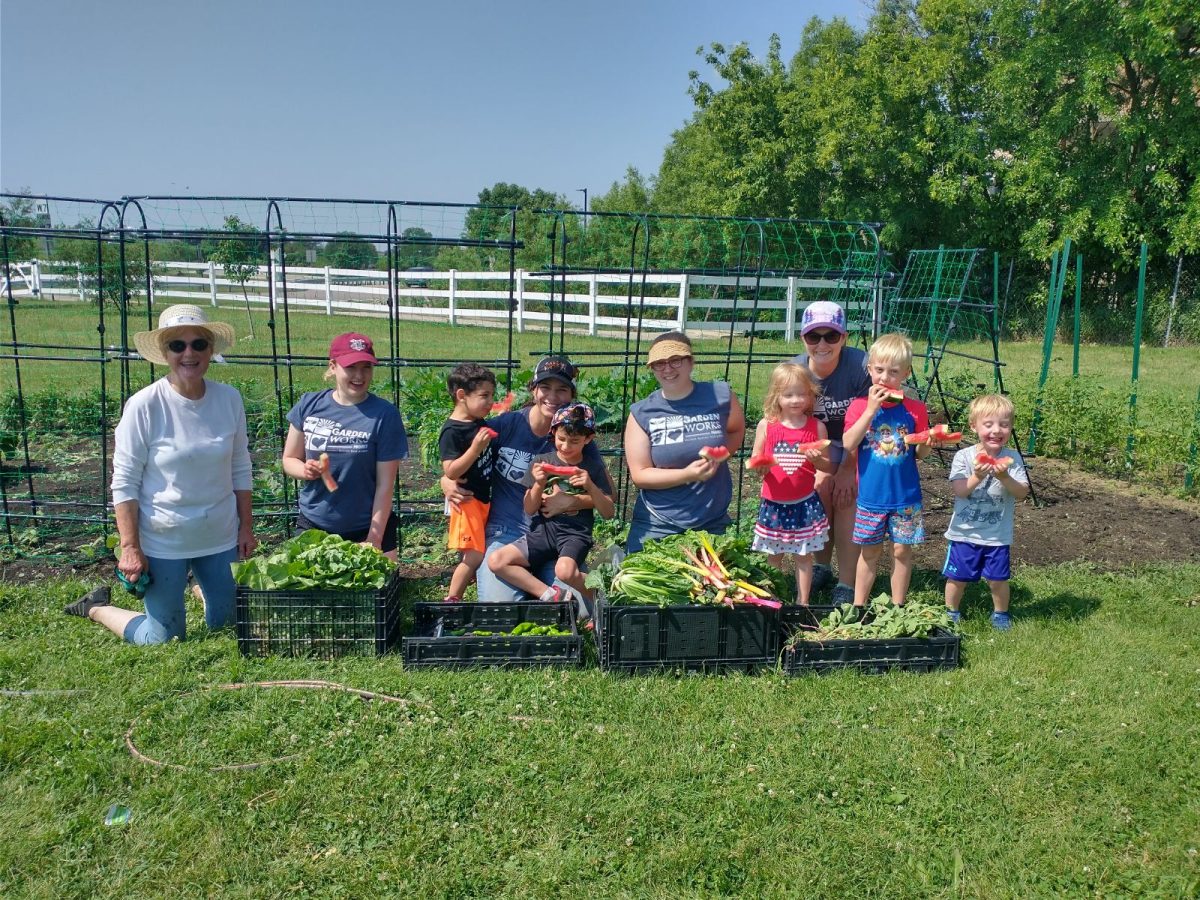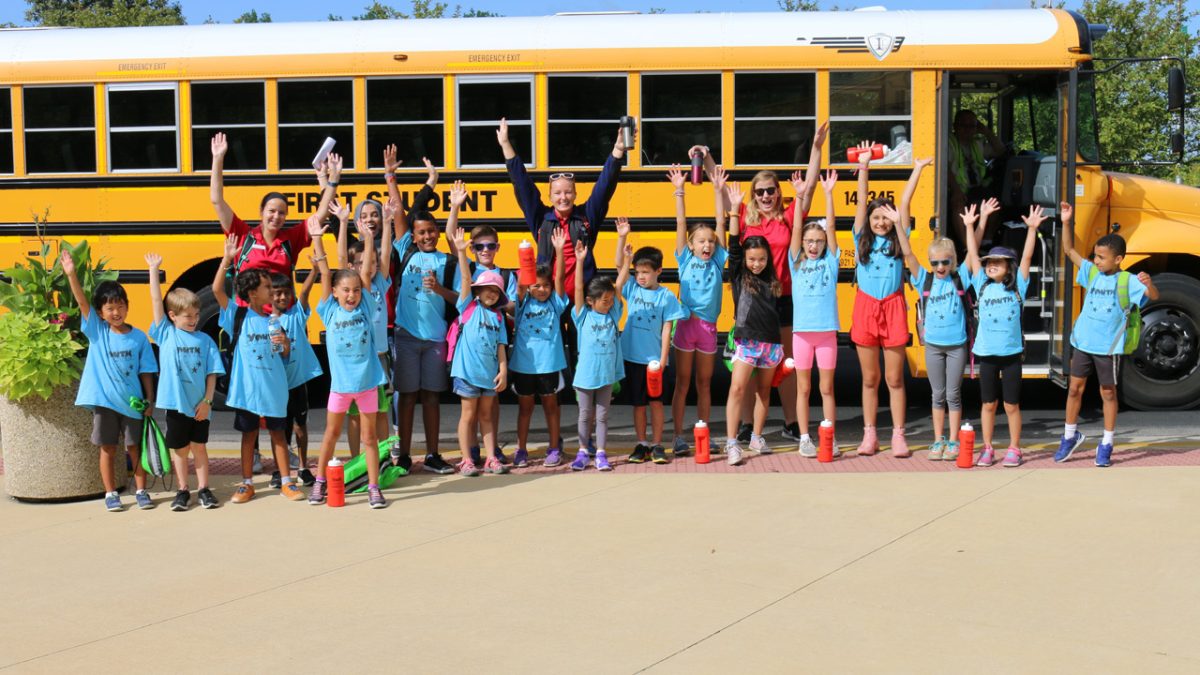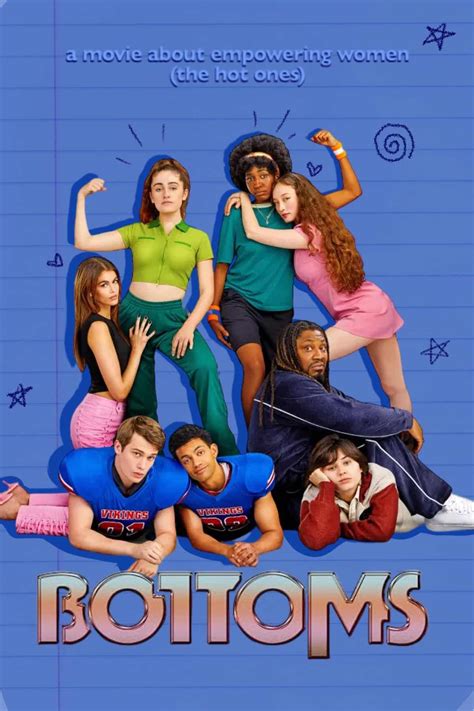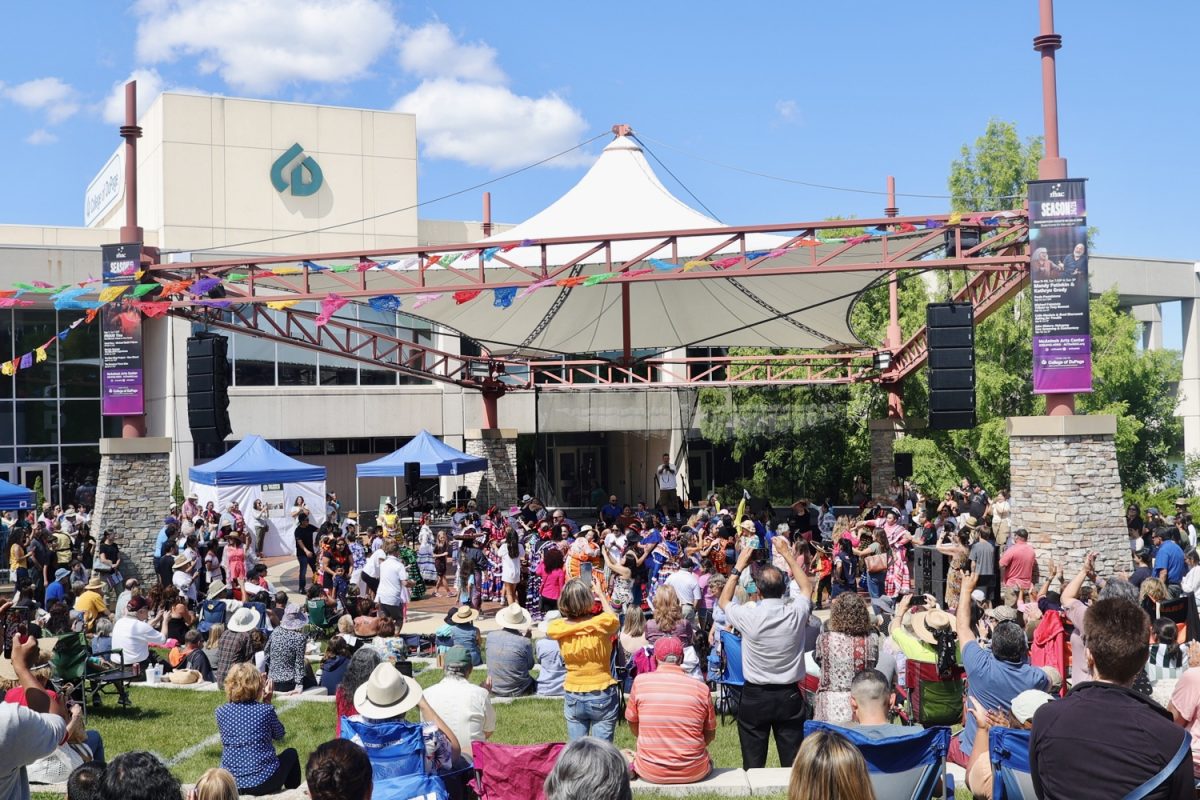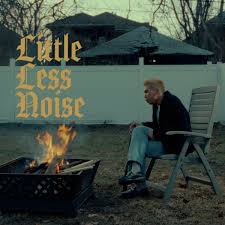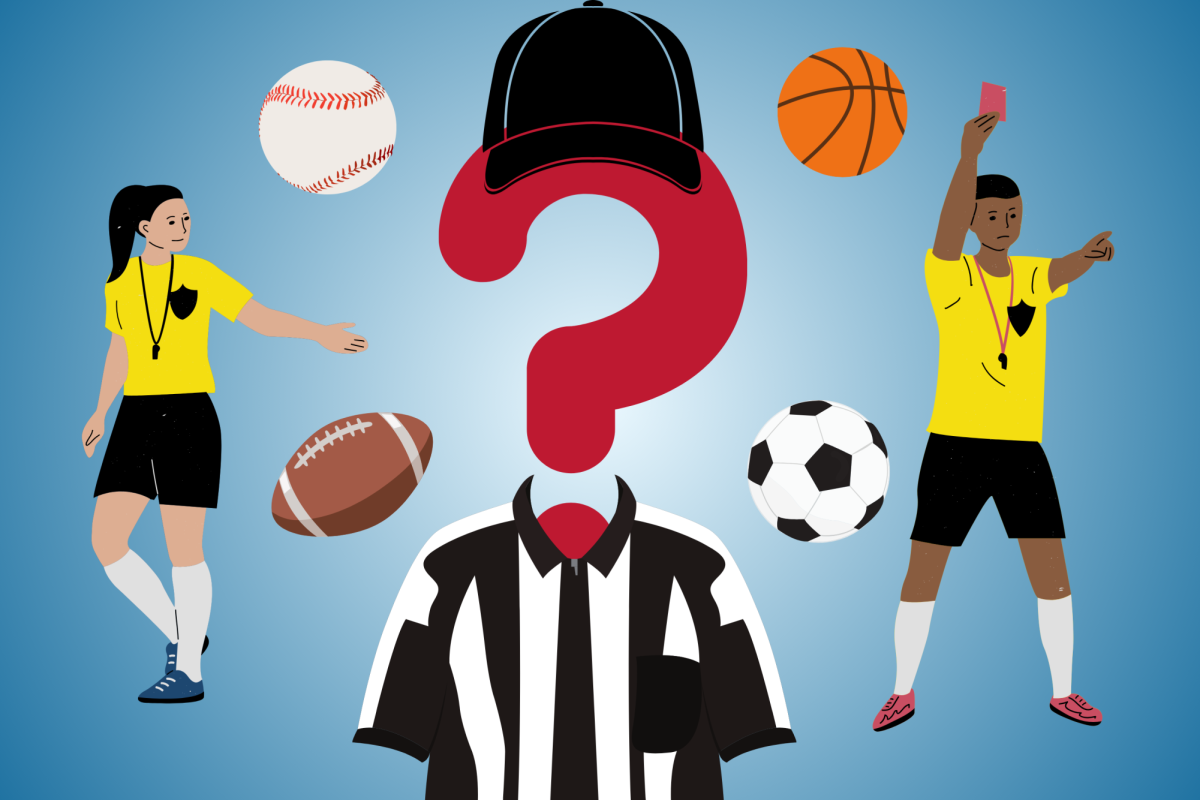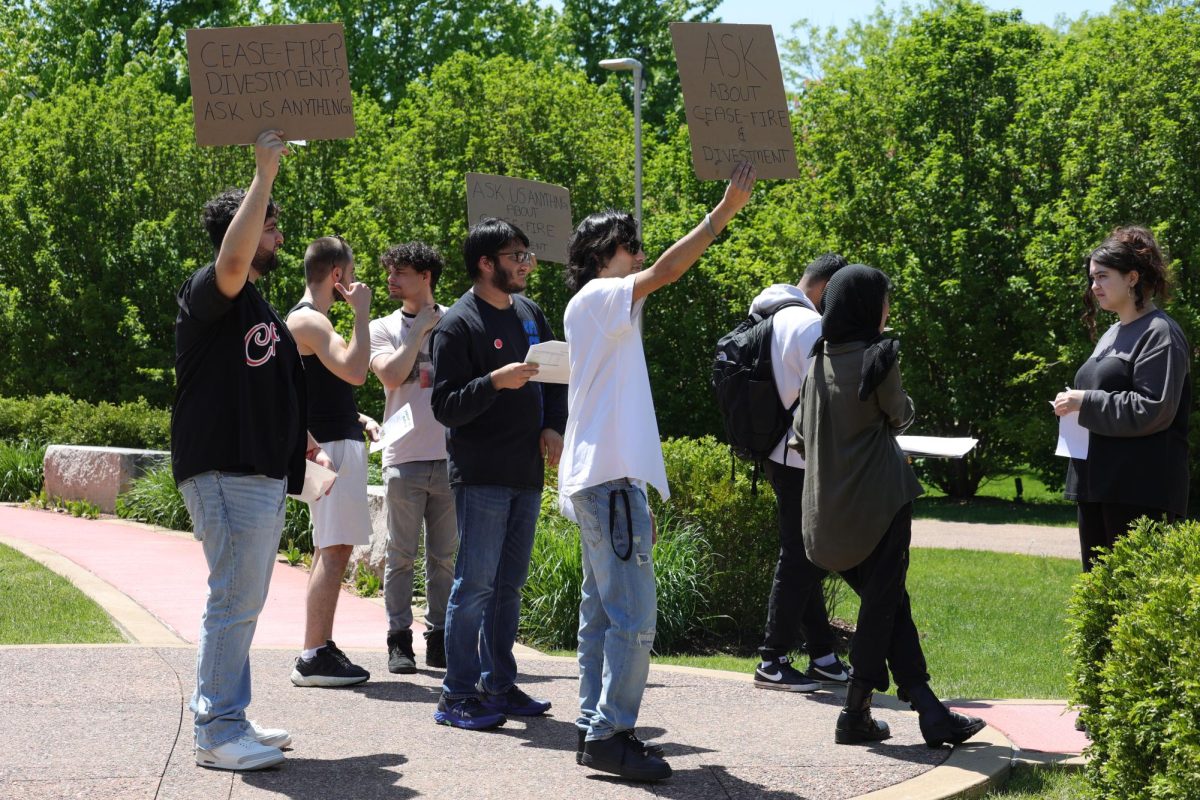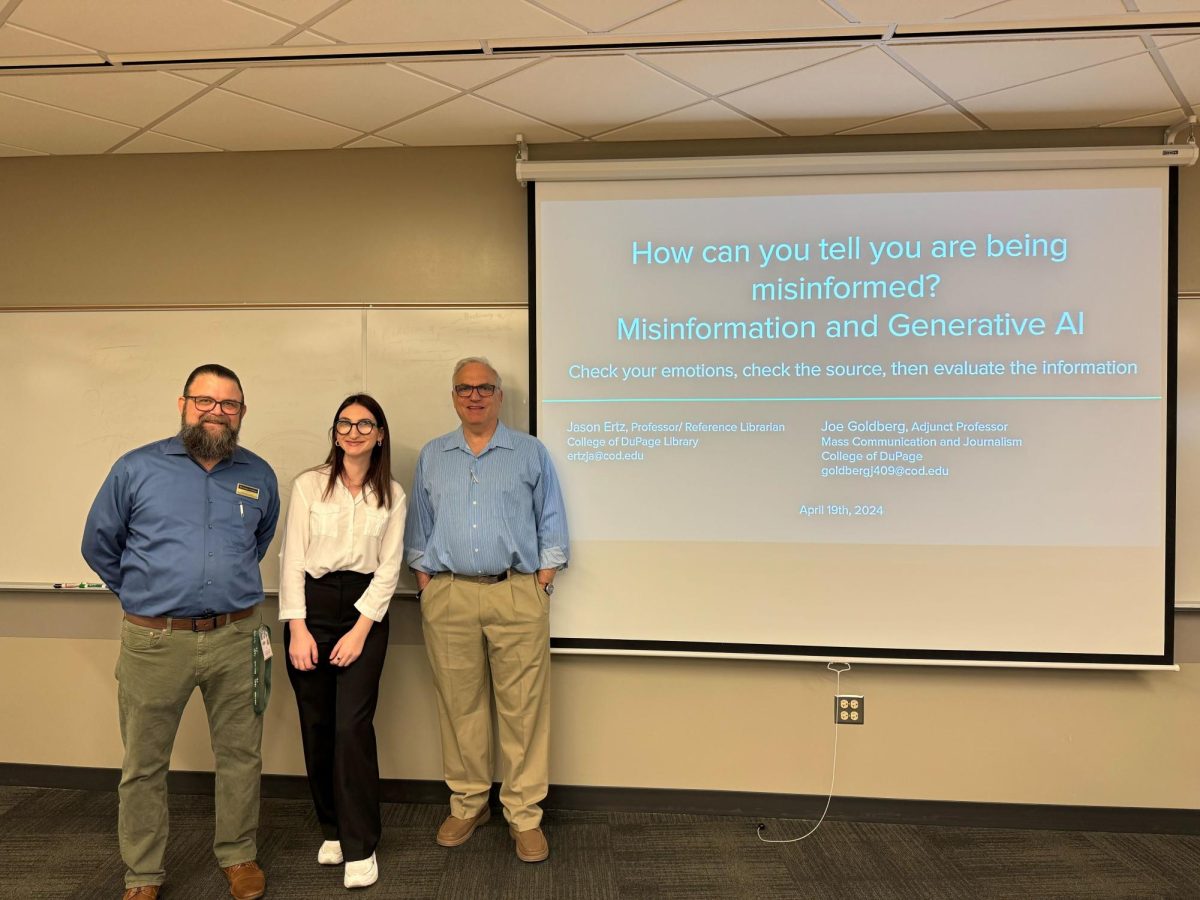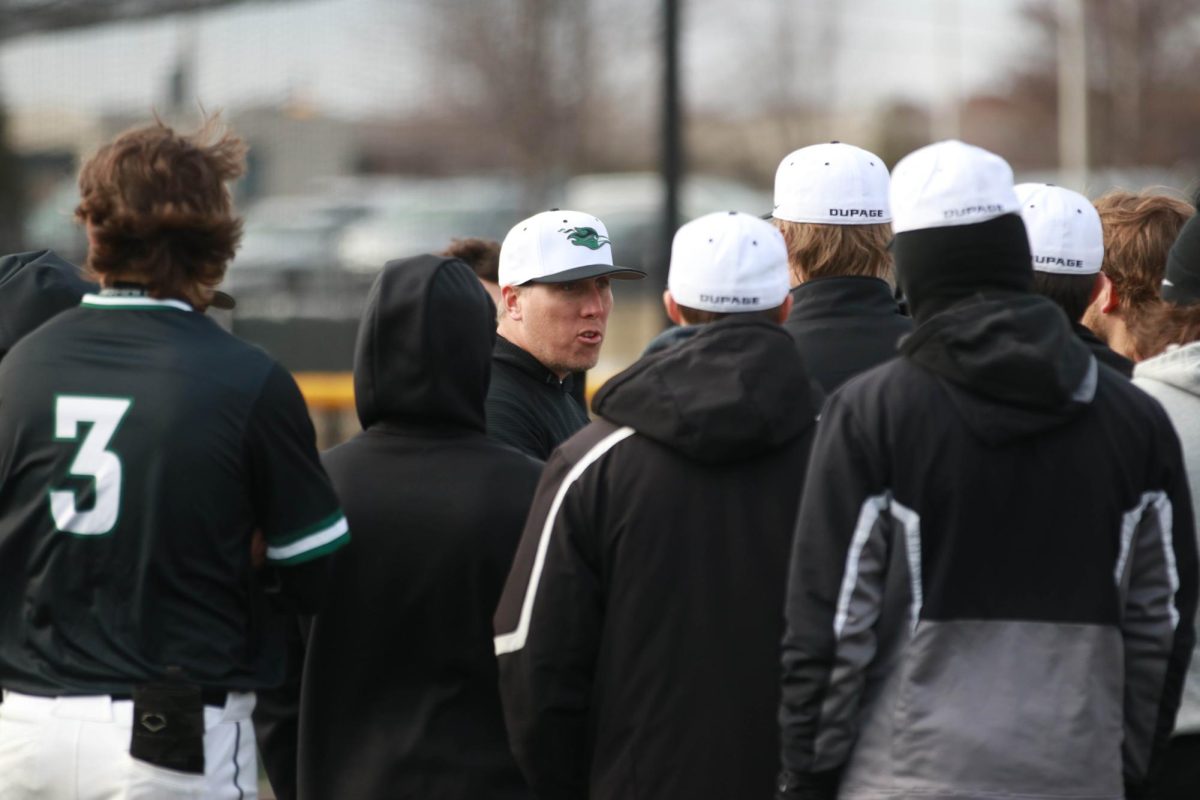High school sports across America are currently grappling with a difficult challenge: a severe shortage of referees. Illinois sports find itself at the center of the problem, as referees and their recruiters are fighting an uphill battle: Not only are they tasked with providing officials to every sporting event throughout the year, but they also must retain and recruit new officials – a task that’s proving to be increasingly difficult.
The shortage first became a serious issue in the 2018-19 season, which marked the beginning of a trend that saw the refereeing force steadily decline each year. The IHSA reported overseeing 13,000 officials across all high school sports as of 2023, and since the 2018-19 season, 2,700 of those officials have retired or quit, according to a survey from NPR Illinois. This means the IHSA has lost over 20% of its registered officials over the last 5 years. On a national level, the National Federation of State High School Associations (NFHS) reported a loss of over 50,000 officials across the United States.
The COVID-19 Pandemic following the 2018-19 season only exacerbated these losses. Many long-time referees viewed the pandemic years as a sign to hang up their whistles, creating a full-blown officiating crisis by the 2022-23 sports season.
The crisis puts administrators and IHSA referee recruiters like Laurie Jordan in a difficult situation. As participation in high school sports continues to grow, Jordan must delegate games to an officiating force that is the thinnest she has seen in her time as a recruiter: “We were down to 94 football crews for 112 games on a Friday night last year,” she says, highlighting the seemingly impossible task she and her colleagues must tackle.
But what began the cascade of retiring officials in the 2018-19 season? Why did thousands of officials, many of them with long careers in sports, choose to leave their profession? Fred Allman, a former referee and current IHSA referee assignor, believes the answer can be attributed to a defining factor:
“I think the abuse from fans, their attitudes, and their demeanor drives people out of it. It’s sad, but I understand why,” Allman explained.
Allman’s belief reinforces data gathered by the National Association of Officials (NASO). They conducted a survey with responses from over 35,000 officials (across all levels) throughout the United States and found that about 69% of referee respondents believe sportsmanship has declined in sports competitions.

This decline of sportsmanship can also be seen in the media, as recent violence towards referees from athletes and spectators has made national headlines. In 2020, high school football referee Fred Garcia suffered a concussion and shoulder injury after a football player assaulted Garcia after Garcia called two penalties on him.
A more recent incident went viral last month after video footage surfaced of a group of teens attacking a referee during a local YMCA basketball tournament. The incident received over one million impressions online and resulted in the filing of numerous arrest warrants for the individuals responsible for the attack.
Hudson Parker is no stranger to the mistreatment of referees. As an All-DuKane Conference basketball athlete at Wheaton North High School, and over a decade of basketball and football experience, he has witnessed his fair share of referee harassment by spectators and coaches.
“I could not imagine being a ref,” Parker said. “A lot of games, it feels they [referees] can’t do anything right because the parents for both teams would abuse them for any call they made… It just seems like an impossible job sometimes.”
A specific game sticks out in Parker’s memory: a basketball playoff matchup between Glenbard North and Wheaton North in February 2024.
“The referees made some tough calls, and both side’s parents, coaches and players were all angry,” Parker explained. “They also had student sections chanting at them the entire game.”
While passion in sports is understandable, oftentimes warranted, the playoff game highlights an issue of parents and coaches stepping out of line in their behavior toward officials. At the game’s conclusion, multiple parents from both sides were removed from the venue due to their behavior, and Wheaton North administrators were forced to get involved and quell an angry group of spectators.
This sentiment reflects a troubling revelation across youth sports: the treatment of officials in, specifically at the youth and high school levels, has reached a point where many referees no longer believe they can safely perform their job due to harsh criticism, and even the threat of violence.
But the shortage does not stem strictly from the poor treatment of referees. Two other contributing factors are the aging referee population and the lackluster recruiting numbers of new officials. These aspects of the shortage work together in complicating the issue, as current referees must work grueling hours, pushing them closer to retirement, and there are not enough younger officials to relieve their hectic schedules.
“What’s happening is the crews that are working are working way too much. They’re getting older,” Jordan explained. “And now they’re working Thursday night games, they’re working Friday, they’re working on Saturday morning, and it’s too much. They’re wearing out quickly.”
NASO’s referee surveys paint the picture of the climbing age of the referee population. In 2017, the average age of a referee was 53.29 years. The same survey conducted six years later found the average age made a three-year jump to 56.68 years. Until recruiters are able to add younger officials to the roster, the average age of officials will continue to climb.

This problem of a lack of young recruits is something that IHSA recruiters are working to solve. But while this represents a vital aspect of solving the shortage, retaining new officials is equally important. An NFHS article from 2017 revealed an average of two out of every 10 officials return for their third year of officiating.
“What’s adding to our shortage is we don’t have enough younger officials doing underclass games that are then ready for varsity (games),” Jordan asserted. “They will work one or two years at the freshman level, figure they’re ready for varsity, but they’re not getting the varsity games, so they quit.”
The desire for young recruits to officiate at the highest level is understandable. Working a freshman basketball game at 9 a.m. in front of dozens of fans is worlds away from officiating a varsity basketball game on Friday night, in front of hundreds, even thousands of spectators. While one can understand why most officials want to move up quickly in the ranks, Allman maintains that it is vital for young officials to learn the job before moving up to higher-level competitions.
“You also have to get them to realize that as an official, it’s better for you to get to the highest level a year too late,” Allman explained, “rather than a year too early. If you’re put on a rivalry game and things don’t go well you look bad, you feel bad, and the assignor looks bad for putting you on that date.”
Allman’s statement details the importance of training as an official, especially at a time when spectators have become increasingly hostile towards officials. Many spectators’ primary critique of referees is that they are undertrained, so it is obviously vital for these referees to prove this to not be the case.
Allman also recognizes that as an assignor, it is his job to put officials in positions that will enable them to succeed, and not worry about relationships or appeasing officials.
“It starts with us as the assignor [to determine] who belongs on what games. They [officials] have to be a team player and realize that it’s not, ‘Fred takes care of his friends,’ it’s ‘Fred makes sure the best officials are on the best teams,’” Allman illustrated.
So how can the IHSA, its recruiters and school administrators solve the shortage endangering high school sports? While it will require a team effort from all parties involved, it is possible, and there have already been some recent victories.
The IHSA recently raised the wages per game for referees and lowered registration costs, which previously acted as a barrier. The most notable changes include raises from $76 to $112 for officiating a single varsity football game, and $7 increase per game for varsity basketball. These changes led to an increase in recruited officials in 2023, with over 3,000 receiving their licenses.
On the other side, Jordan, Allman and their colleagues are working to offer better and more frequent situational training that will prepare newer officials and keep veteran officials sharp.
“We’re doing everything we can, teaching-wise,” Allman explained. “When I teach I have videos for them and ask, ‘Hey, this is what happened in the game, this is how it was handled, and was this the correct way to handle it?’”
While Jordan also echoed the importance of situational training, she also detailed mentorship as another vital aspect of referee training.
“You have to go out and practice and you have to get constant feedback. We’ve got plenty of mentors. We’ve got a lot of guys that have recently retired from working on the field that are very willing to work with young officials,” Jordan explained.
While much of the responsibility of solving the shortage falls on the shoulders of those like Jordan and Allman, it is also the responsibility of spectators and coaches. At nearly every sporting event, the PA announcer will address the importance of sportsmanship and treating all parties involved in the competition with respect. Spectators must remember that a few missed calls do not give them the right to attack referees.
No one is more certified to speak on this matter than Allman and Jordan. Allman served 30 years as a referee and was inducted into the Illinois Basketball Coaches Association Hall of Fame for his work. Jordan, a football official of 22 years, was the first woman to ever officiate in the Illinois State Series.
Their time around athletics, as officials, assignors and parents, means they have experienced nearly every side of competition in sports, and understand the passion of sports.
“I’ve sat on that side. All my boys played football, so I get it, but I think parents need to teach their kids respect from day one, and not only say it, they need to model it,” she said. “So if the parents show respect to officials, then I think the athletes will pick up on that,” Jordan explained.
Allman emphasized that spectators must keep in mind what officials mean to the competition.
“Number one thing that everyone needs to have at the top of their minds is the games cannot be played without the officials, number one,” Allman stressed. “And then after that, officials are human. Officials don’t care who wins the game, but officials do care about doing things the right way and being perceived as being a positive part of the experience.”








